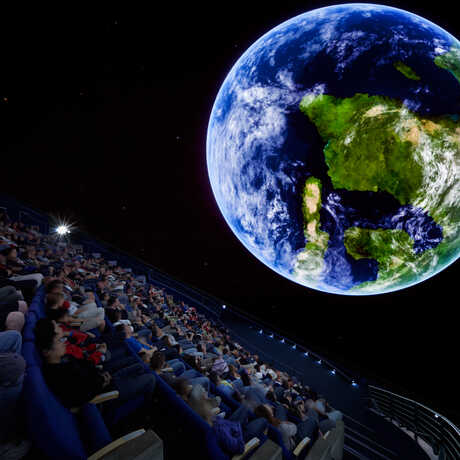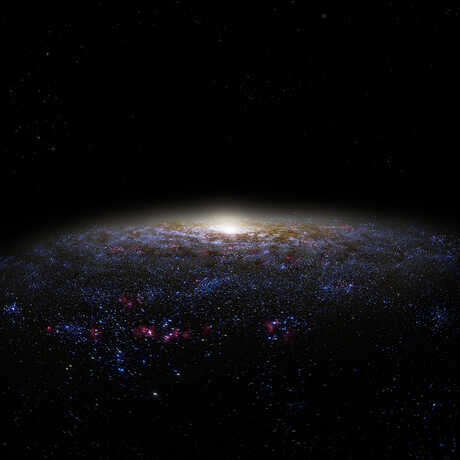Spark: The Universe in Us
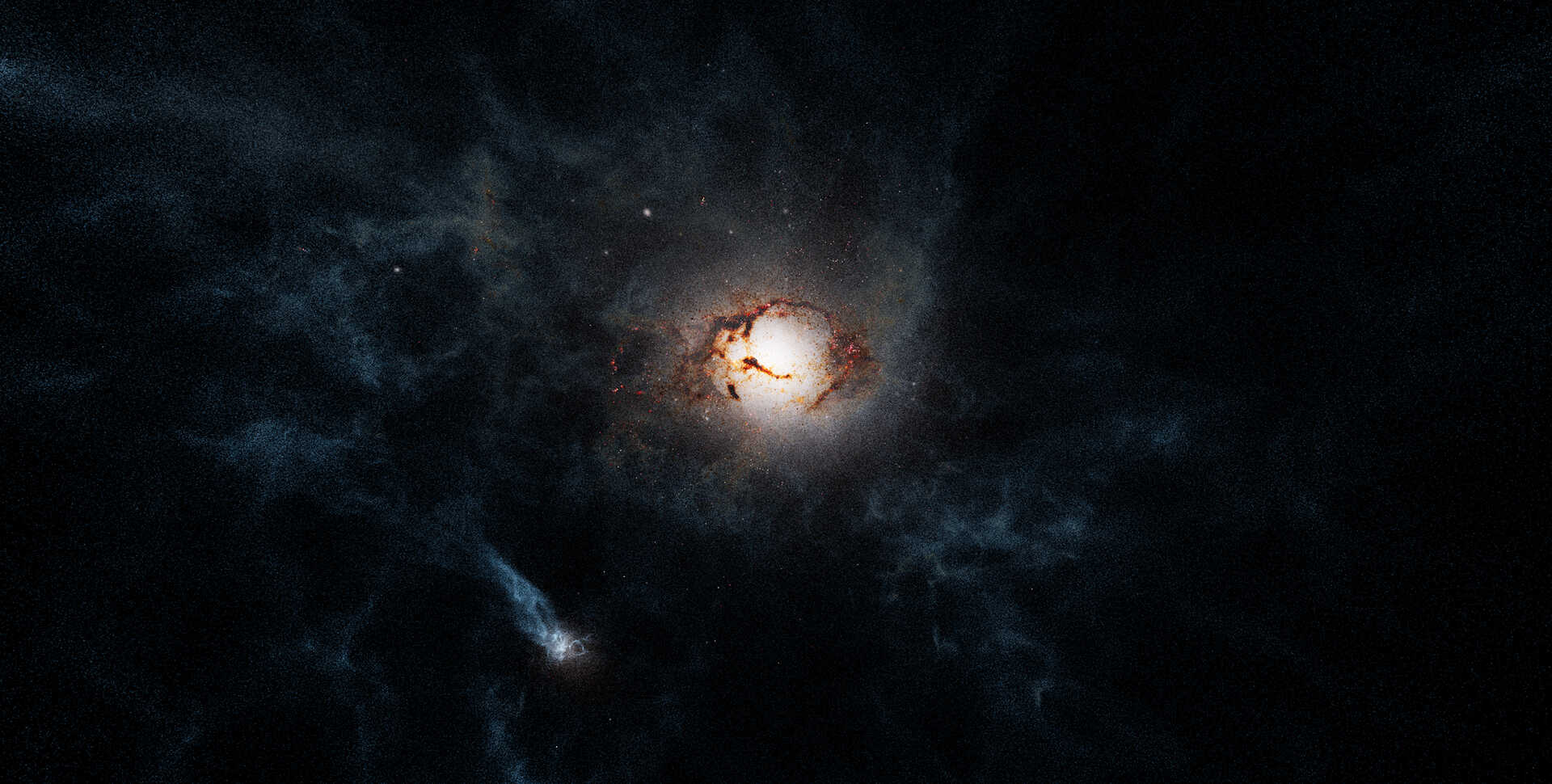
Spark: The Universe in Us is about our deep connection not just to Earth, but to stars millions of light years away—and billions of years in the past. Start your journey by soaring over a stunning Sierra Nevada waterfall, and then blast off across space and time to discover the celestial origins of the elements we all have in common. Along the way, you’ll enter the core of a giant star just before it implodes, experience the quiet demise of a star like the Sun, and see how colliding stars seed the Universe with the building blocks of life.
Now playing daily. View Daily Calendar for showtimes. Planetarium shows may not be appropriate for children under 7, and we regret that we cannot permit any child under 4.
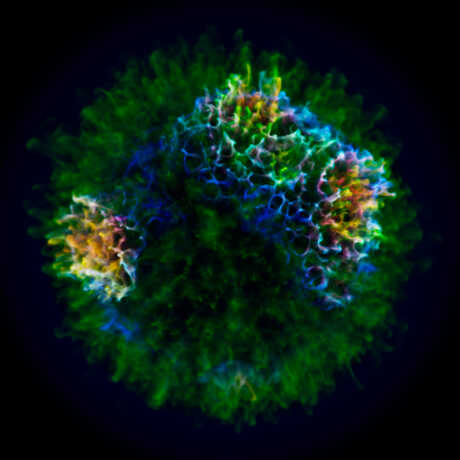
Cosmic chemistry
Everything in the Universe is composed of different combinations and concentrations of the same 94 naturally occurring elements. Their source? Stars. Spark offers a dynamic new perspective on the periodic table of the elements, revealing how stellar phenomena created and dispersed the raw materials of galaxies, planets, and us.
Above: A simulation of an x-ray view of Cassiopeia A, a supernova remnant. When certain types of stars die, they explode into supernovae, which scatter elements into space.
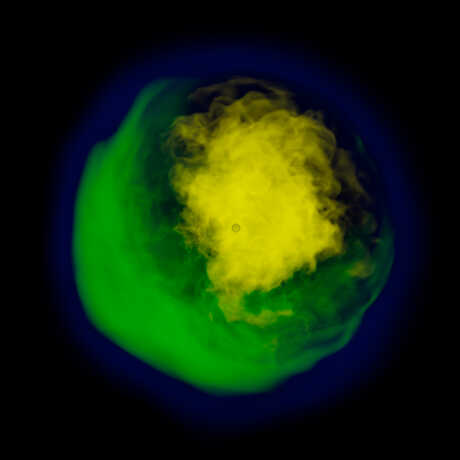
Far-out firsts
By combining cutting-edge technology with exquisite digital artistry, the Academy's Visualization Studio was able to simulate three astronomical events that have never been seen on screen before: The gravitational lensing around a binary neutron star system; the multiple stages of a core-collapse supernova shown in a single sequence; and the depiction of a galaxy’s evolution in reverse.
Above: A computer simulation of the shell burning process near the core of a red supergiant. Carbon appears in deep blue, oxygen in green, and silicon in yellow.

Star search
Spark drew on the latest scientific research and incorporated the expertise of its all-star advisors to visualize a variety of astronomical objects and bodies. Audiences will witness exploding white dwarfs, imploding red giants, vast planetary nebulae, and a pair of eerie red neutron stars that collide and release high-energy gamma rays into space—as well as gold and platinum atoms.
Above: In the final seconds before a supermassive star explodes, its central core collapses, creating a chaotic superheated region just above.


From outer space to Earth's inner core, explore the universe from Morrison Planetarium's 75-foot digital dome.
